

An ounce of information
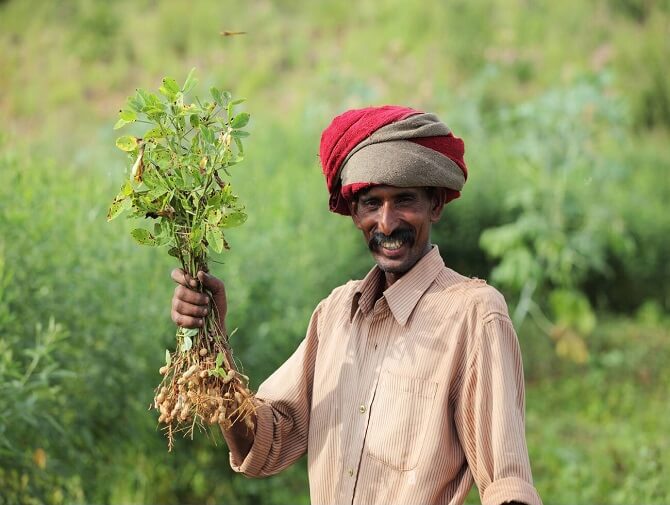
Article by Pnut King
Published on 06/21/2023 in Peanut Market News
There are many popular types of peanuts in India, such as Bold (or Runner), Java (or Spanish) and Red Natal. Groundnuts are the biggest oilseed crop in the country, and they play a major role in filling the nation’s vegetable oil deficit. In India, they are available throughout the year, thanks to a two-crop cycle, with harvesting typically taking place in both the May ‘Rabi’ cropping season, and the October ‘Kharif’ cropping season.
India is renowned for cultivating various types of groundnuts, including Bold (or Runner), Java (or Spanish), and Red Natal. These peanut varieties are crucial in addressing the nation's vegetable oil deficit. The two-crop cycle ensures a year-round supply, with harvests during the May 'Rabi' and October 'Kharif' seasons. Grown under rain-fed conditions, Indian groundnuts boast a rich nutty flavor, sweet taste, and crunchy texture, with a commendable shelf life. Regions with high-quality soil yield dry, clean, and spotless in-shell groundnuts. Notably, Indian groundnut shellers and processors prioritize quality, employing multiple sorting and grading methods. Today, Indian manufacturers excel in supplying peanuts meeting the highest internationally-recognized standards, offering raw edible peanuts, blanched peanuts, roasted salted peanuts, and dry-roasted peanuts, as well as an array of peanut-based products.
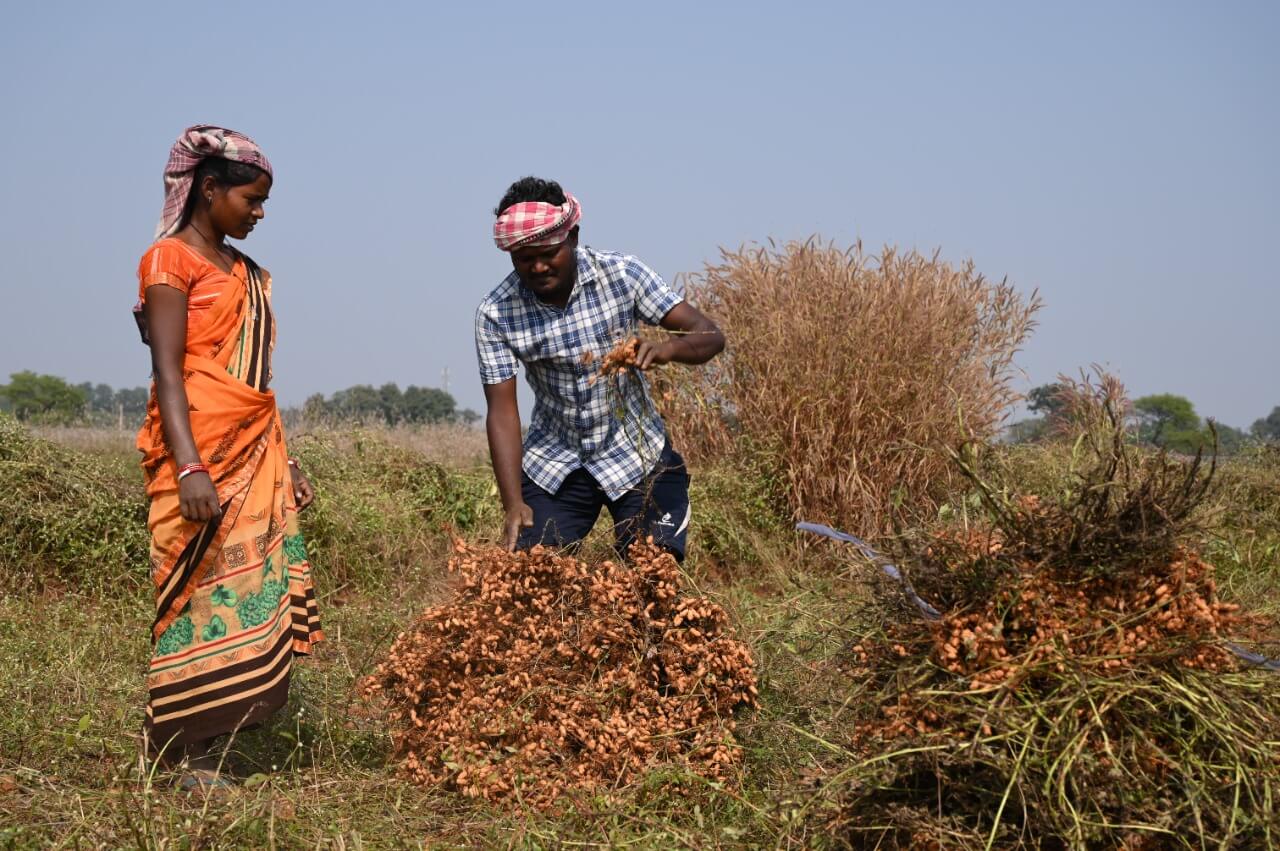
Although there are hundreds of groundnut varieties available in India, 10 peanut varieties are particularly popular due to their nutritional value and chemical properties that make them ideal for all kinds of uses. These are:
1. Kadiri-2
2. Kadiri-3
3. BG-1
4. BG-2
5. Kuber
6. GAUG-1
7. GAUG-10
8. PG-1
9. T-28
10. T-64
The major Indian peanut-growing states of Gujarat, Andhra Pradesh, Tamil Nadu, Karnataka, Maharashtra, and Rajasthan each have unique characteristics and specialisations when it comes to the groundnut varieties they grow.
1. Andhra Pradesh
In Andhra Pradesh, 538,400 hectares’ worth of groundnuts were grown in 2022, down from 619,100 hectares in 2021. Typically, the kharif sowing season begins in the second half of May, and runs until the second half of August, and harvesting typically takes place in September and October. The “Kadiri-6” type of Spanish peanuts has been found to be the most popular in the region, grown by around 80% of farmers, with another Spanish variety “Narayani” being the second most popular (7%). Additionally, “JL-24”, “TMV-2”, “TAG-24”, “Kadiri-9”, and “Kadiri Haritandhra” are also typically grown in the region, showcasing the diverse range of peanut varieties embraced by Andhra Pradesh farmers.
2. Gujarat
1,708,300 hectares’ worth of groundnuts were grown in Gujarat in 2022, down from 1,909,600 hectares in 2021. Typically, the majority of the kharif crops are sown from the last week of June to the second week of July, with most harvesting taking place in October. “GG-20”, a semi-spreading variety released in 1992, continues to be the most popular variety in the state, highlighting the enduring preference for certain peanut varieties among Gujarat farmers. Among the Spanish types, a very old variety, “GG-2” – released in 1982 – and a relatively new large-seeded variety, “TLG-45” – released in 2007 – are also popular choices, showcasing the diversity in peanut varieties adopted by farmers in Gujarat. While most farmers use homegrown seeds, a good number purchase seeds from private companies and oil mills, contributing to the broader spectrum of peanut varieties utilized in the region.
3. Karnataka
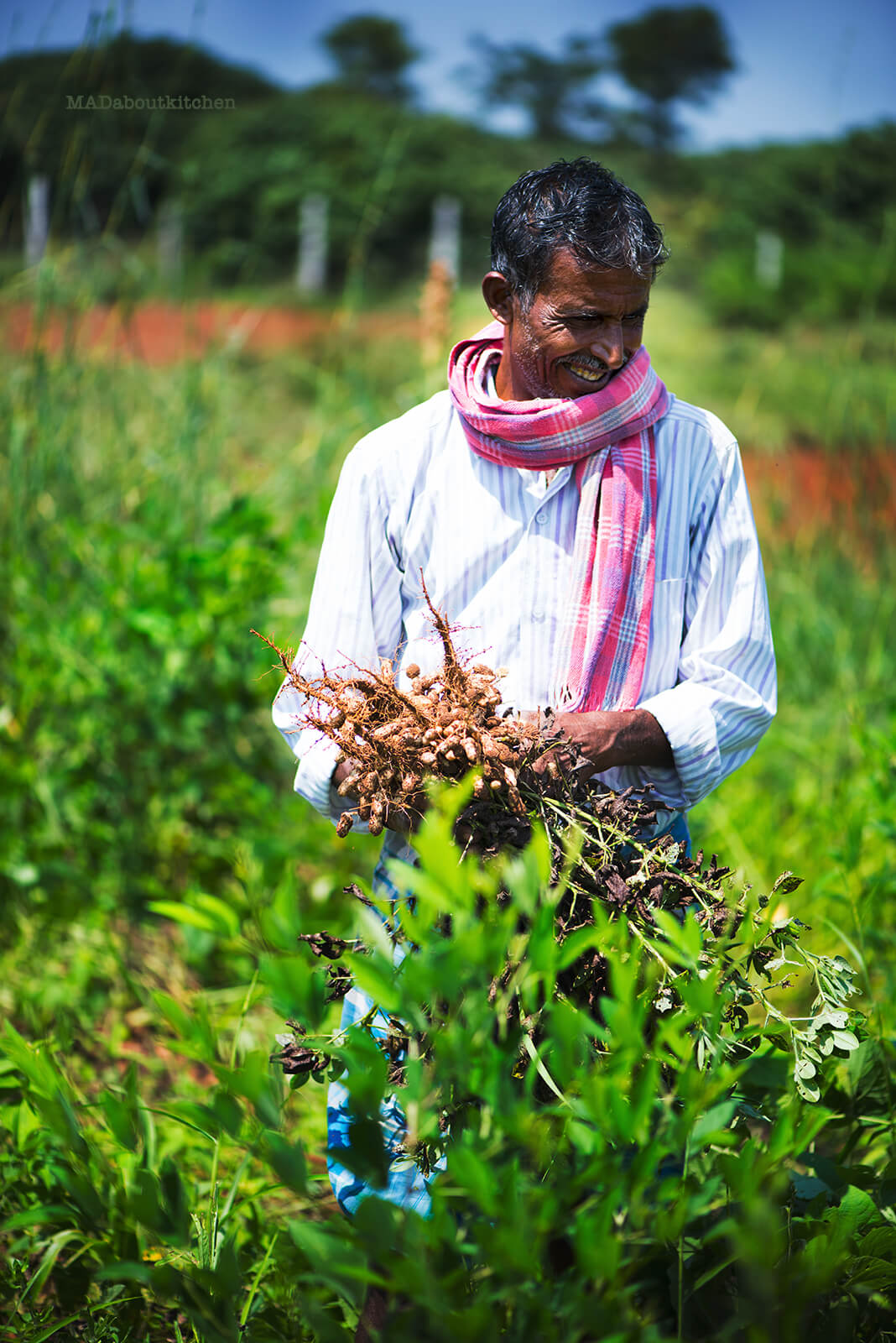
In Karnataka, 369,700 hectares of land were planted with groundnuts in 2022, a decrease from 475,400 hectares in 2021. The bulk of kharif seeds are sown in the second half of June, and harvested in mid to late October. Approximately 70% of farmers use the Spanish “TMV-2” variety, with the newer “GPBD-4” variety also gaining traction. As is the case in Gujarat, most farmers use homegrown seeds, with some others purchasing seeds from private companies and oil mills.
4. Maharashtra
In the 2022 kharif season, 159,000 hectares’ worth of peanuts were planted, a decrease from the 200,800 hectares in the 2021 kharif season . Most sowing during a typical season is completed during the first fortnight of July and the crop is usually harvested from the last week of October to first week of November. “SB XI”, one of the oldest Spanish types of peanuts in India – released in 1965 – continues to be very popular among farmers. The Spanish “TAG-24” variety – released in 1992 – is becoming increasingly significant in the state. Most farmers in Maharashtra sell their produce shortly after harvest and procure seed for the next season from the local seed traders. As a result, seed supply is maintained through a non-official seed chain.
5. Rajasthan
In 2022, 789,900 hectares of the state was planted for peanut production, an increase from 776,900 hectares in 2021. Most of the groundnut farming areas in the state have ideal sandy, sandy-loam, and alluvial soil composition for this crop. Most sowing in the kharif season is typically completed during June and the first week of July, with harvesting between late October and mid-November. Semi-spreading groundnut varieties are popular here, in particular “GG-20”. The Spanish “HNG-10” variety is also sown in a considerable area.
6. Tamil Nadu
Groundnut farming in Tamil Nadu covered 225,200 hectares in 2022, a very small decrease from 226,600 hectares in 2021. The old Spanish variety “TMV-2” – released in 1940 – continues to be the most prevalent and is supplied through an informal seed chain. Kharif planting typically lasts a month, from the third week of June to the third week of July, with harvesting completed during October and the first week of November.
More than 10 varieties of groundnut are commonly grown in India, with states and regions focusing on different peanut varieties. All types of peanuts in India are known for their rich flavour, crunchy texture, and ideal profile for commercial processing.
With over 17 years of experience in the peanut industry and numerous awards recognising his contributions, he founded Agrocrops in 2008, a leading global peanut company. His passion for peanuts drives his commitment to improving the industry for all stakeholders and promoting sustainability.

Published on 05/05/2025 in
.jpg)
Published on 02/05/2025 in

Published on 28/04/2025 in
.jpg)
Published on 14/04/2025 in
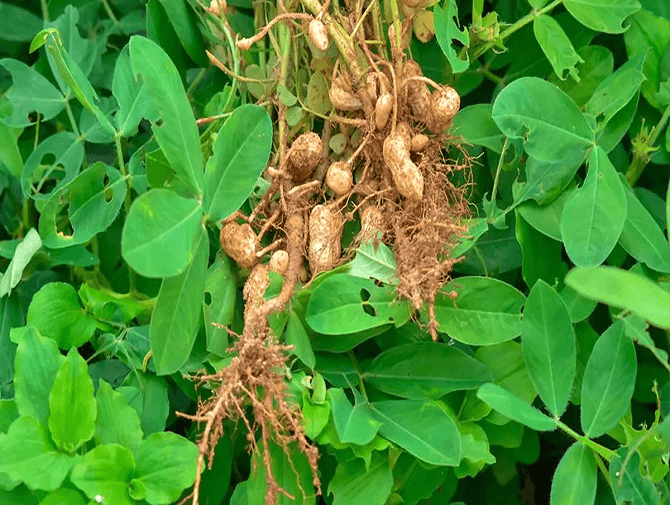
Published on 06/23/2023

Published on 06/05/2023
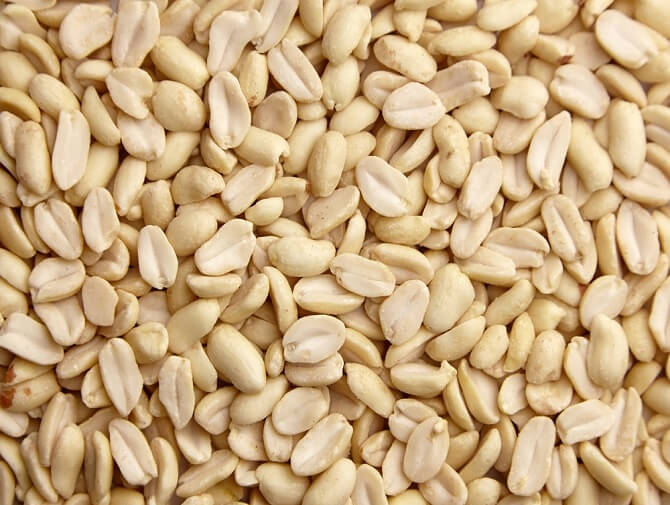
Published on 05/24/2023

Published on 05/10/2023
